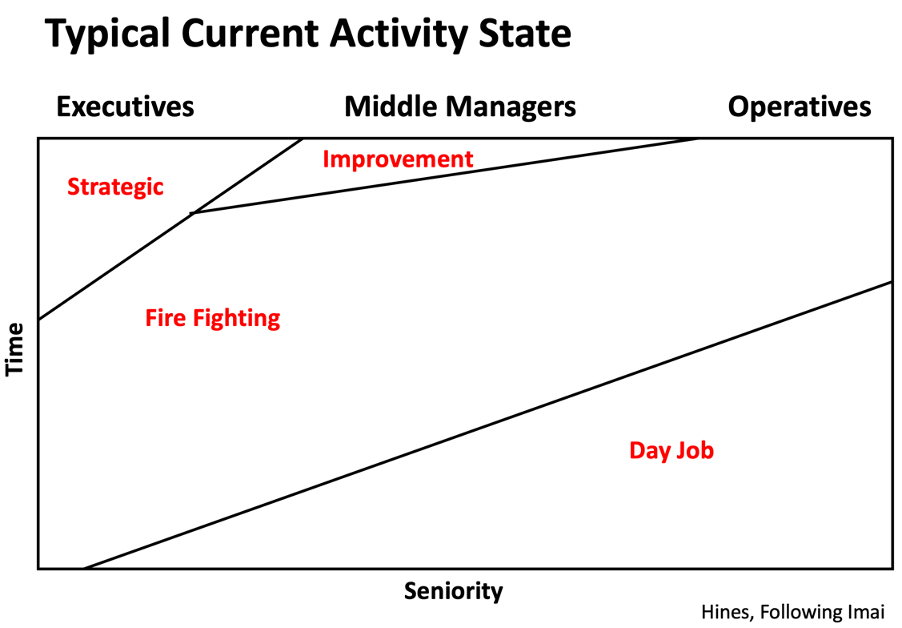Every Covid Cloud Has A Silver Lining?
1 June 2020
What strange, uncertain and frankly terrifying times we are all living in. The world feels like it’s completely falling apart. In amidst a sea of uncertainty, injustice and heartbreak all I feel I can do is attempt to look at the positives.
As a full-time working mum, pre Covid 19, my life was frantic, “Get ready, get ready, quick! Got your bag? Tuesday – Sports kit … Wednesday – Ballet shoes, traffic, drop-off at school, traffic, traffic, work, which building? Main. Meeting. Actions. Which building? Aberconway. Meeting. Actions. What’s the time? Have you picked her up? Great.” Repeat until death.
There’s repetition now too of course… “Don’t touch that! Wipe that down! Wash your hands! Boris said what?!’ but there is a stillness which I’m enjoying. There’s as much work to do as ever but I’m not missing the rush between places, ping-ponging my way around Cardiff daily, feeling frazzled and always behind. There are new feelings of course, an ache for my family, for fun with my friends, for longing for the time when I could pick up a letter that popped through my front door without fear of contracting a deadly virus.
So the juxtaposition of extremes is disconcerting – the quietness and calmness of living within a severely reduced geography but one that is coupled with mental anguish, longing and fear the likes of which I’ve never experienced.
It wouldn’t be me if I didn’t think at this point, does lean have anything to say about this (here we go I hear my readers cry!) because hey, this is a lean blog after all… but alas, I can’t easily draw parallels between the existential angst and global turmoil that we are all facing and the ‘Components of Successful Organisations’ at the moment. Sorry!
What I can think about perhaps are the different types of work that I find myself post lockdown vs. pre.
One of the most important ideas that underpins lean is the work of Maasaki Imai in his book Gemba Kaizen where he outlines the amount of time different people should spend on different activities in work in order to create a learning organisation, dedicated to positive improvement. Peter Hines interpreted Imai’s classic “Kaizen Flag” (Kaizen meaning “change for the better” and flag, because well, the image looks like a flag) for modern day life as follows:

It’s an important image for lean because it clearly expresses that everybody, whatever their level within the organisation, needs to dedicate time to improvement activity or ‘kaizen’. It also shows us that the majority of a senior person’s time should be spent in the ‘strategy’ zone, setting the direction of the organisation and leading the systems required to make work happen. Critically, as you move through the different levels within the organisation everybody is also involved in ‘strategy’. This is key because the operatives are usually the people creating the most direct value in the organisation and are often the closest to customers and are best therefore to both enable strategy and to help to shape strategy.
Another important element is that senior members of staff are not so detached from the day job. They stay in contact with the core business of the company, interact with staff at all levels and use this to inform their strategy work.
This situation is rare however and most organisations find themselves with kaizen flags more akin to the below:

The realities of many senior members of staff’s lives is that they are just responding to crisis after crisis, problem after problem. Strategy is a nice to have, once a year reflection, post rationalization process. Improvement is a responsibility assigned to a few middle managers (usually on top of another job that they have), where they endeavour to help those that work for them ‘be better’ and covertly attempt to influence those more senior to ‘be better’ too. Insufficient focus on strategy and improvement activity leads to the huge amount of ‘fire fighting’ or ‘failure demand’ that organisations have to deal with.
So what does the Covid 19 Kaizen Flag look like? Maybe I’m having a rare moment of optimism (VERY RARE FYI) but perhaps now we have more time? Maybe the world paused for a moment and whilst it’s not true that fires don’t still need to be fought, this situation has caused many, but perhaps now that we’ve all stopped rushing about (well most of us – all praise to the key workers!) what’s more important work wise has been pulled sharply into view? For example, Universities ARE making big strategic decisions about how to pivot their offer and are rapidly moving into a space of improvement, gearing up lecturers to deliver teaching differently, to embrace new tools to protect our value proposition. We are embracing new ways of working at a phenomenal pace. Fire fighting is still happening of course, but are we thinking more about strategy, improvement and change than we have for a long time? Not the perfect picture, but perhaps more close to ideal?

Is this similar to your experience or not? Let me know but from my perspective, if right now doesn’t provide the opportunity to regroup and refocus, to change and improve, I don’t know what will.
Comments
1 comment
Comments are closed.
- Marketing Magic
- What’s My Job Again?
- The Reports Have Gone to Her Head
- Cross Stitch Standards and Creativity
- Hefin David and the Aeroplane Arms
- Hankering for a Handbook
- Window of Light
- Defensive Organising
- McMullin’s Tandem of Co-Production
- The Joy of John Parry-Jones
- The Perils of Disappointment
- The Shield of Shame
- Customer Care and Organisation Innovation
- Hooray for Humanity!
- Angry Lemons
- Double Meanings
- Ticketing Masterplans
- When will it all end …
- Lifetime Loyalty and Taylor Swift
- Looking at Things Differently
- Networking Noodles
- Addicted to Truth
- Designs on Service Design
- The Multiple Joys of Universal Design
- Hungry Cultures
- Event Lean
- The Traffic Analogy
- Moving on Up
- Rosé Cava Revolution?
- Powerpoint Sneaky Lean
- Writing about Writing
- ChatGPT Response: Exploring the Art of Expression: Unveiling the Magic of Writing in the Style of Sarah Lethbridge
- Help to Grow Coldplay Style
- Caring IS Everything!
- Institutional Flapping
- “Just Do the Next Right Thing”
- Trust Thermoclines
- Organisational Tempo
- The Inaugural Lethbridge Customer Service Awards
- Vaccine Lean – The Dawn of the Water Spider
- November 2025 (1)
- October 2025 (2)
- September 2025 (1)
- August 2025 (2)
- July 2025 (1)
- June 2025 (1)
- April 2025 (1)
- March 2025 (2)
- February 2025 (1)
- January 2025 (1)
- December 2024 (1)
- November 2024 (1)
- October 2024 (1)
- September 2024 (1)
- July 2024 (2)
- June 2024 (1)
- May 2024 (1)
- March 2024 (1)
- February 2024 (2)
- December 2023 (2)
- October 2023 (2)
- September 2023 (1)
- July 2023 (3)
- June 2023 (1)
- May 2023 (1)
- April 2023 (1)
- March 2023 (1)
- February 2023 (1)
- January 2023 (1)
- November 2022 (1)
- October 2022 (2)
- August 2022 (2)
- July 2022 (1)
- May 2022 (2)
- April 2022 (1)
- February 2022 (1)
- January 2022 (1)
- December 2021 (2)
- November 2021 (1)
- October 2021 (1)
- September 2021 (1)
- August 2021 (1)
- July 2021 (1)
- May 2021 (2)
- April 2021 (1)
- March 2021 (1)
- January 2021 (1)
- December 2020 (1)
- October 2020 (3)
- August 2020 (1)
- June 2020 (2)
- April 2020 (1)
- March 2020 (1)
- February 2020 (1)
- December 2019 (2)
- October 2019 (1)
- September 2019 (1)
- August 2019 (1)
- July 2019 (1)
- June 2019 (1)
- February 2019 (3)
- October 2018 (1)
- September 2018 (1)
- March 2018 (10)
- April 2016 (1)
- January 2015 (3)
- July 2014 (9)
- September 2013 (1)

Yes, I can relate. My inspirational phrase for now is “Let it burn.” I think that as women and mothers there is a tendency to want to put out every fire, and we carry that into our professional lives. Sometimes the ship needs to BURN so that we don’t turn from the fight, sometimes the lab needs to BURN, so that we stop returning to old experiments, sometimes x needs to BURN so that we can y. Let those fires BURN.